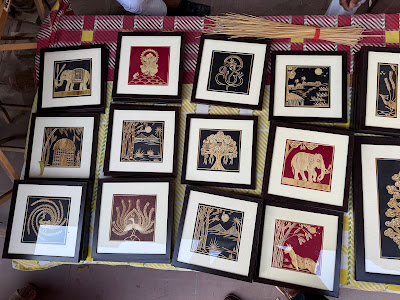During our visit, we relished a delightful culinary experience, beginning with an assortment of Pakodas. These crispy delights, served with a spicy chutney, were the ideal snack to whet our appetites. Complementing this was a steaming cup of Chai, which offered warmth and aromatic comfort, exemplifying the quintessential roadside treat.
Moving on to heartier fare, the Aloo Paratha and Paneer Paratha stood out, each generously stuffed and exuding flavors of home-cooked goodness. The parathas were served with refreshing yogurt and tangy pickle, enhancing the overall experience.
To diversify our meal, we indulged in a Club Sandwich, which offered a nice, fresh twist amidst the traditional offerings. Its layers were rich and satisfying. Lastly, the Dosa provided a crispy, savory ending that appealed to our cravings for South Indian cuisine, rounding off the meal beautifully.
With its combination of flavors and hospitable service, Chintal's is a culinary gem along the highway to Haridwar.










